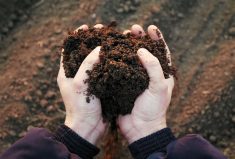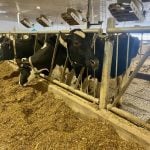Natural Resources Canada has gone live with a new resource web site for farmers considering renewable energy to power their operations.
The Integration of Renewable Energy on the Farm (IREF) web site is billed as a “complete repository of technical information and online tools for analyzing the potential for integrating renewable energy sources onto individual farms.”
The site, which cost the federal government $1.2 million to develop, was unveiled Thursday during the Growing the Margins conference in London, Ont. by area MP Joe Preston. The Canadian Federation of Agriculture (CFA) will administer the site.
Read Also

Exploring Harvest Safety
Kristin Hoffman of WSPS explains measures for increased farm safety around harvest season
The site was developed by NRCan, Agriculture and Agri-Food Canada and over 20 farm and energy organizations across the country, the government said in a release Thursday.
The site’s online tools are expected to help farmers “assess viable options for using renewable energy and determine the exact return on their investment,” Preston said. The site also includes a number of case studies of farms that have used such systems.
The site offers GHGFarm, a software tool to help farmers gauge and reduce greenhouse gas emissions in their operations; RETScreen, an analysis program for clean energy projects; and two solar power tools: Swift, which uses weather data to model the behaviour of a solar wall on one’s property, and Enerpool, which models the performance of a solar collector to be used for a swimming pool.
NRCan noted the site will also include links to the federal ecoEnergy for Renewable Heat and ecoEnergy for Biofuels programs, which are meant to support reduced energy use and possibly allow farmers to generate surplus energy for use by local power utilities.














